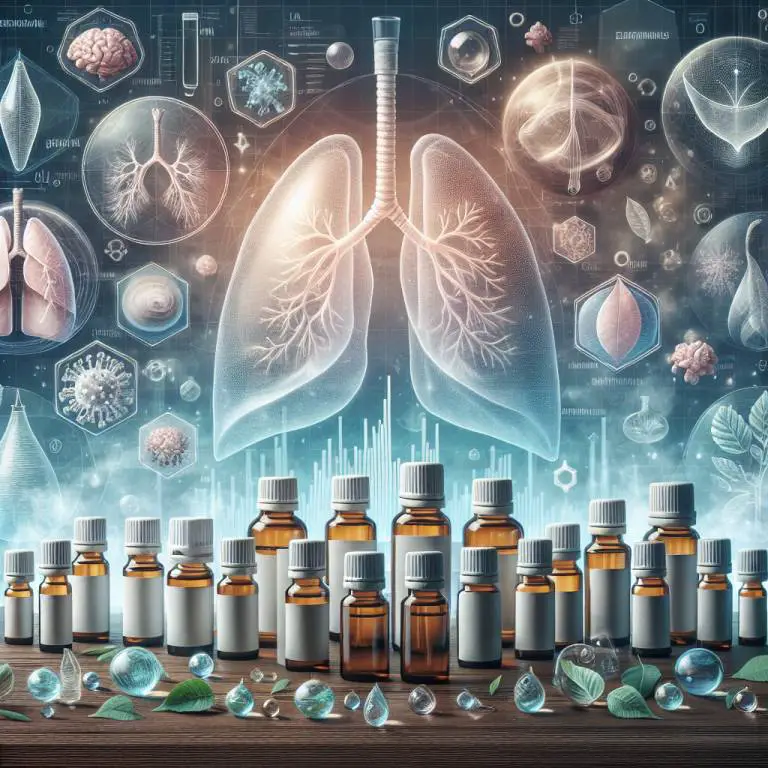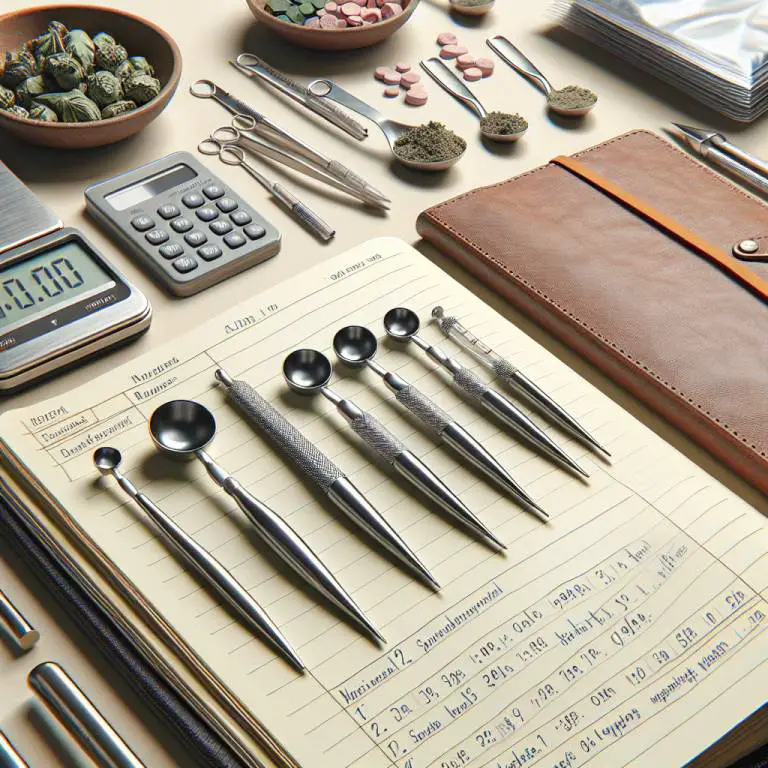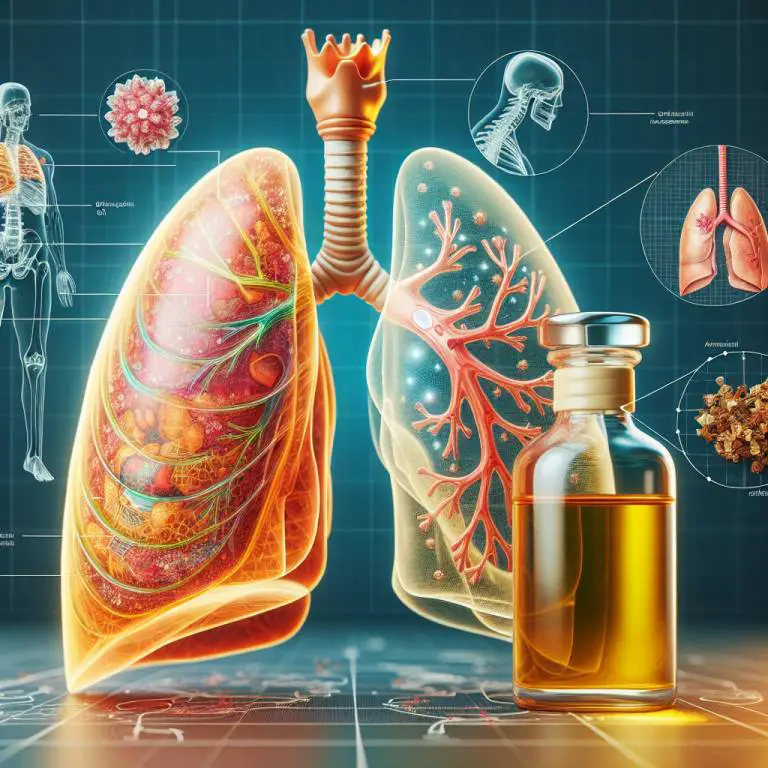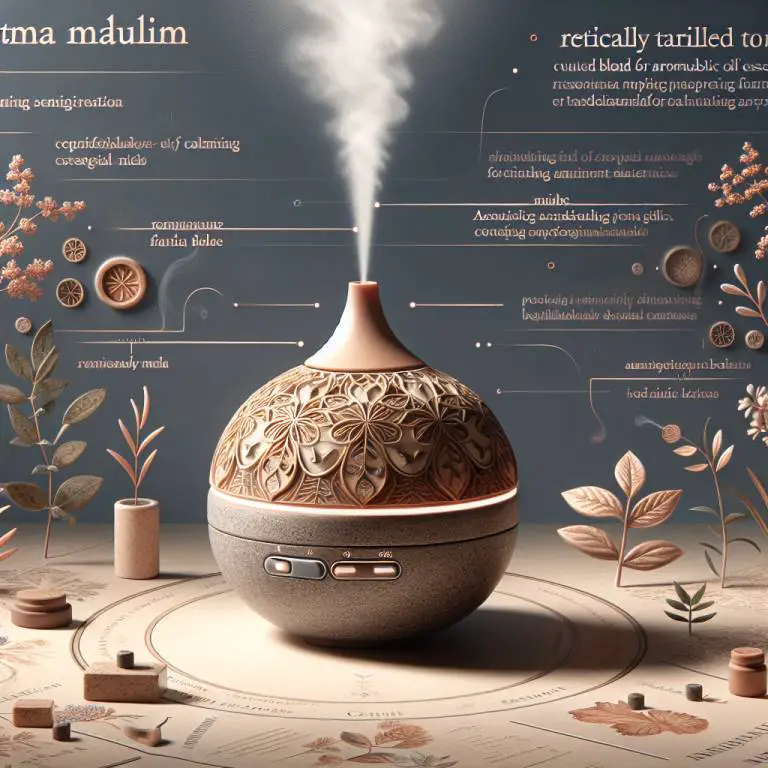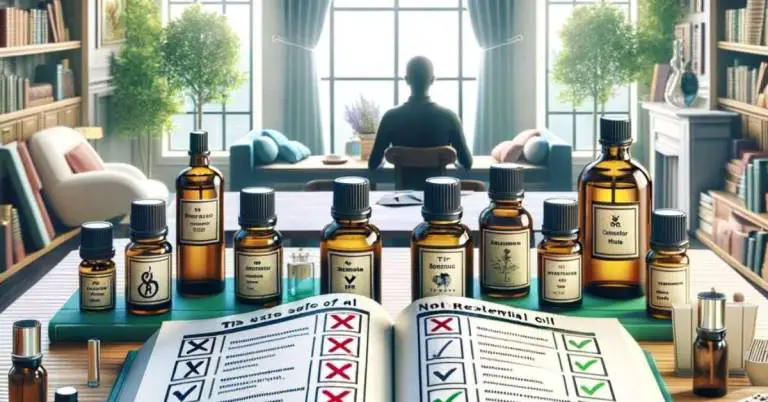Are Air Purifiers Safe For Children With Asthma?
Yes, air purifiers are safe for children with asthma and can be beneficial in reducing asthma triggers in the air, such as dust, pollen, and pet dander. Using an air purifier in a child’s room can help clean the air they breathe, making it easier for them to breathe and potentially reducing asthma symptoms. However, it’s important to choose an air purifier that is the right size for the room and to maintain it properly by regularly changing filters.
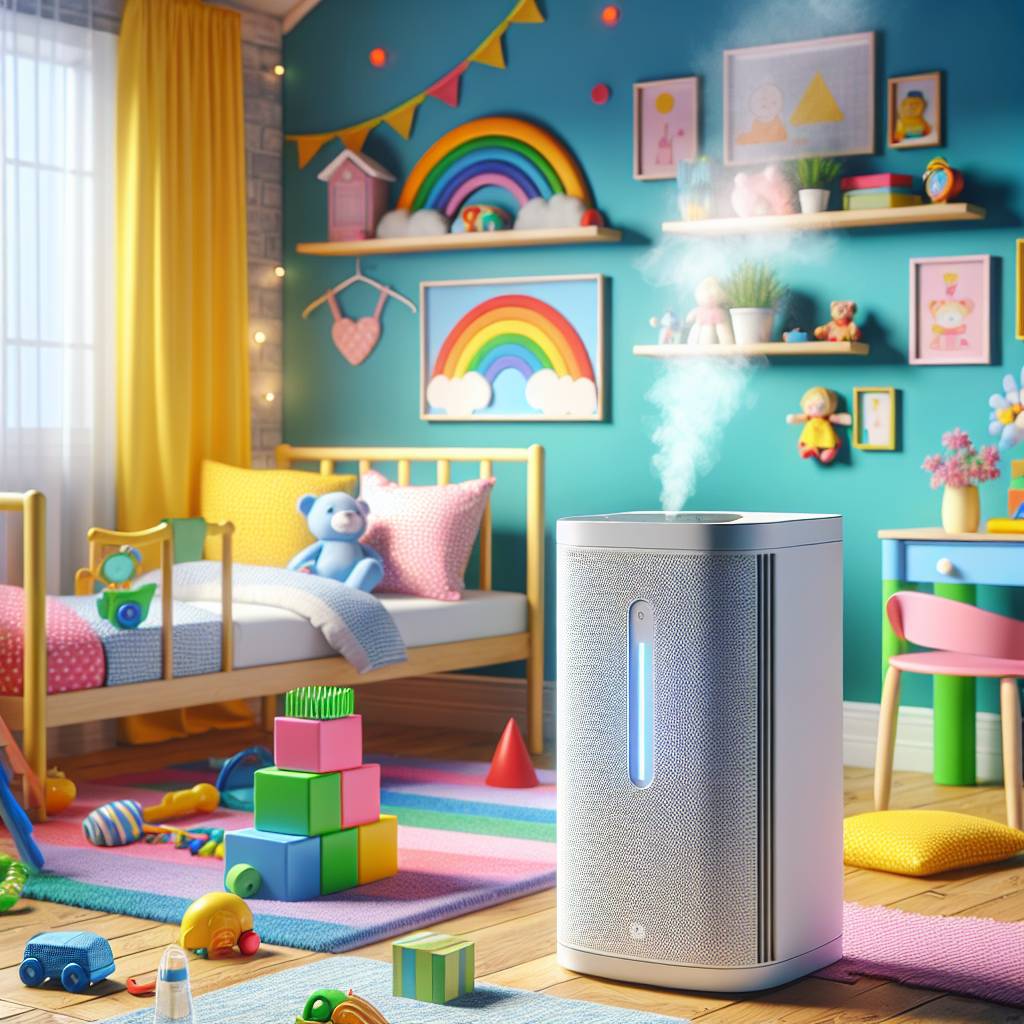
Are air purifiers safe for children with asthma?
Air purifiers are generally considered safe for children with asthma. They work by removing pollutants and allergens from the air, which can trigger asthma symptoms. This makes the environment cleaner and more breathable for everyone, especially those with respiratory conditions.
However, it’s important to choose the right type of air purifier. Some models release ozone as a byproduct, which can irritate the lungs and worsen asthma symptoms. Therefore, selecting an ozone-free air purifier is crucial for maintaining a safe environment for asthmatic children.
Moreover, keeping the air purifier clean and well-maintained is essential to ensure its safety and effectiveness. Regularly changing filters and following the manufacturer’s maintenance instructions can help prevent any potential issues that could harm a child with asthma.
How do air purifiers work to improve indoor air quality for asthma sufferers?
Air purifiers improve indoor air quality by filtering out particles and pollutants that can trigger asthma attacks. These devices use fans to draw in air and pass it through one or more filters to remove contaminants such as dust, pollen, pet dander, smoke particles, and mold spores.
Intrigued by the idea of cleaner air for asthma? Our favorite air purifier for asthma is designed to help. Dive into how it works and its features. Click here for more.
The most effective types of filters for capturing these pollutants are High Efficiency Particulate Air (HEPA) filters. HEPA filters can trap 99.97% of particles that are 0.3 microns in diameter or larger, making them highly effective at cleaning the air in a room.
In addition to HEPA filters, some air purifiers also have activated carbon filters that can absorb odors and chemicals from the air. This combination of filtration methods ensures that the indoor environment is much healthier for individuals suffering from asthma by significantly reducing their exposure to triggers.
What types of air purifiers are best suited for children with asthma?
The best types of air purifiers for children with asthma are those equipped with HEPA filters. These filters are specifically designed to capture small particles like pollen, dust mites, mold spores, and pet dander—all common triggers of asthma attacks.
Air purifiers that also feature activated carbon filters are beneficial because they can remove odors and volatile organic compounds (VOCs) from the indoor environment. VOCs come from paints, cleaning supplies, and other household items and can irritate the respiratory system.
It’s important to avoid air purifiers that produce ozone since this gas can aggravate asthma symptoms. Instead, opting for an ozone-free model will ensure that the indoor air remains clean without introducing any harmful substances that could potentially worsen a child’s condition.
Can using an air purifier reduce asthma symptoms in children?
Using an air purifier can indeed reduce asthma symptoms in children by creating a cleaner living environment free from airborne triggers. By continuously filtering out allergens and pollutants from indoor spaces, these devices help minimize exposure to substances that could provoke an asthmatic reaction.
Many parents report seeing improvements in their child’s breathing patterns and overall health after installing an air purifier in their home. Children may experience fewer episodes of wheezing or coughing as well as reduced reliance on medication when their exposure to airborne irritants is minimized.
While an air purifier alone cannot cure asthma or eliminate all triggers from an environment, it serves as a valuable tool in managing symptoms effectively alongside other treatment strategies recommended by healthcare professionals.
| Air Purifier Type | Safety for Children with Asthma | Notes |
|---|---|---|
| HEPA (High-Efficiency Particulate Air) | Safe | Effectively removes particulate matter like dust, pollen, and pet dander which can trigger asthma symptoms. |
| Activated Carbon | Safe | Adsorbs gases and odors but does not remove particulate matter. Often combined with HEPA filters for comprehensive air cleaning. |
| UV (Ultraviolet) Light | Use with Caution | Can kill bacteria and viruses but may produce ozone as a byproduct, which can irritate the respiratory system. |
| Ozone Generators | Not Safe | Emits ozone, a lung irritant that can worsen asthma symptoms. Not recommended for use in children’s rooms. |
| Ionizers | Use with Caution | May produce small amounts of ozone. Check product specifications for ozone emissions and consider other types if concerned. |
| Electronic Air Cleaners | Use with Caution | Can produce ozone. Look for models designed to minimize or eliminate ozone production. |
What features should parents look for when choosing an air purifier for a child’s room?
When picking an air purifier for a child’s room, it’s important to find one with a HEPA filter. This type of filter is great at catching tiny particles that can bother asthma. It can trap things like dust, pollen, and pet dander.
Another key feature is the size of the air purifier. Make sure it matches the size of your child’s room. If the purifier is too small, it won’t clean the air well enough. Also, look for models that are quiet so they won’t disturb your child’s sleep.
How often should the filters in an air purifier be changed to maintain its effectiveness for asthma?
The filters in an air purifier need to be changed regularly to keep working right. For most models, this means every 3 to 6 months. But, it depends on how much you use it and how dirty the air is.
If you don’t change the filters as needed, the purifier won’t clean the air well. This could make asthma symptoms worse instead of better. Always follow the manufacturer’s advice on when to replace filters.
Are there any potential risks associated with using air purifiers in a child’s room?
Yes, there are some risks to think about when using an air purifier in a child’s room. One risk is that some types produce ozone, which can harm lungs and make asthma worse. It’s best to choose an ozone-free model.
Also, if not cleaned properly, air purifiers can spread germs and mold around the room. To avoid this, clean and maintain your device according to the instructions. This will help keep your child safe and healthy.
Final Thoughts
Finding the right air purifier for your child’s room can help them breathe easier if they have asthma. Remember to look for key features like HEPA filters and make sure it fits their room size well.
Don’t forget about maintenance like changing filters regularly and keeping the unit clean. By taking these steps, you can create a safer environment that may help reduce your child’s asthma symptoms.

